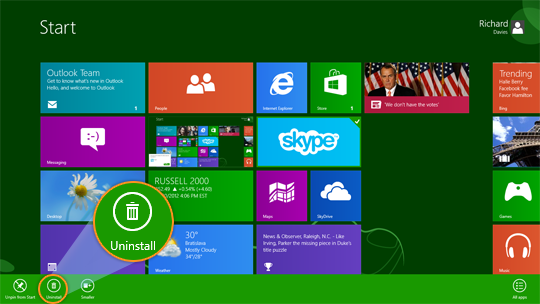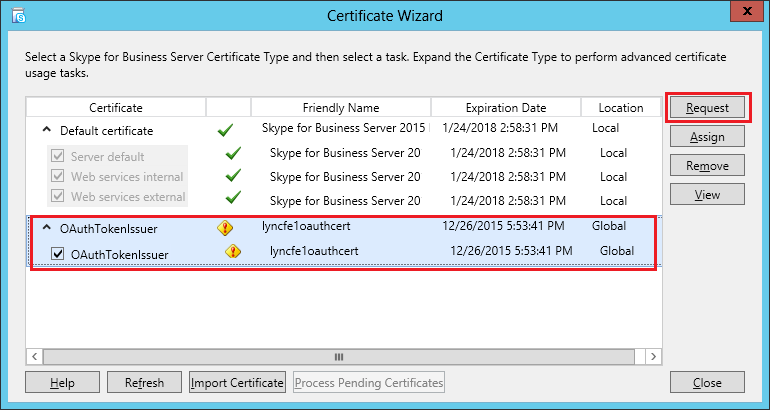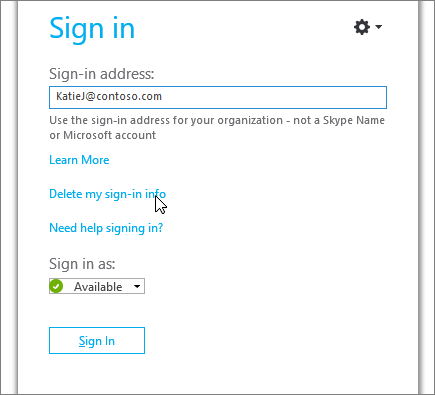


New-ExchangeCertificate -KeySize 2048 -PrivateKeyExportable $true -SubjectName “CN= Microsoft Exchange Server Auth Certificate” -DomainName “*. Create a new certificate using the EMS cmdlet.

Login to Exchange Server and launch Exchange Management Shell.Troubleshoot Federation or Auth certificate not found issueįollow the instructions mentioned below to fix federation or Auth certificate not found issue in your Exchange 2013 or 2016 organization. What will you do if you run into this issue? How do you fix it? Below are the steps that you need to perform to fix this The certificate may take time to propagate to the local or neighboring sites.Īs described earlier, if we have missing certificates then it can cause issues with integration and server-to-server authentication. On the Federation Trust to a valid certificate using Set-FederationTrust or Set-AuthConfig.

Confirm that the certificate is available in your topology and if necessary, reset the certificate Unable to find the certificate in the local or neighboring sites. When you have a missing certificate, you'll see the following warning error message in application logs of event viewer.įederation or Auth certificate not found: “Certificates-thumbprint”. If for some reason this certificate is missing on your Exchange Server 2016, you will see the following warning messages in event viewer under application logs on Exchange It’s a self-signed certificate and one of the important components of Exchange server. More detail on Exchange Digital certificates and encryption in Exchange can be found on This certificate can be viewed from local computer certificate store or fromĮxchange Admin Center > Servers > Certificate. Exchange server-to-server authentication is being used for integration ofĮxchange 2016 with SharePoint or Skype for Business. As part of Microsoft Exchange 2016 installation, a self-signed certificate called “ Microsoft Exchange Server Auth Certificate”is created that is being used for server-to-server authentication and integration using


 0 kommentar(er)
0 kommentar(er)
